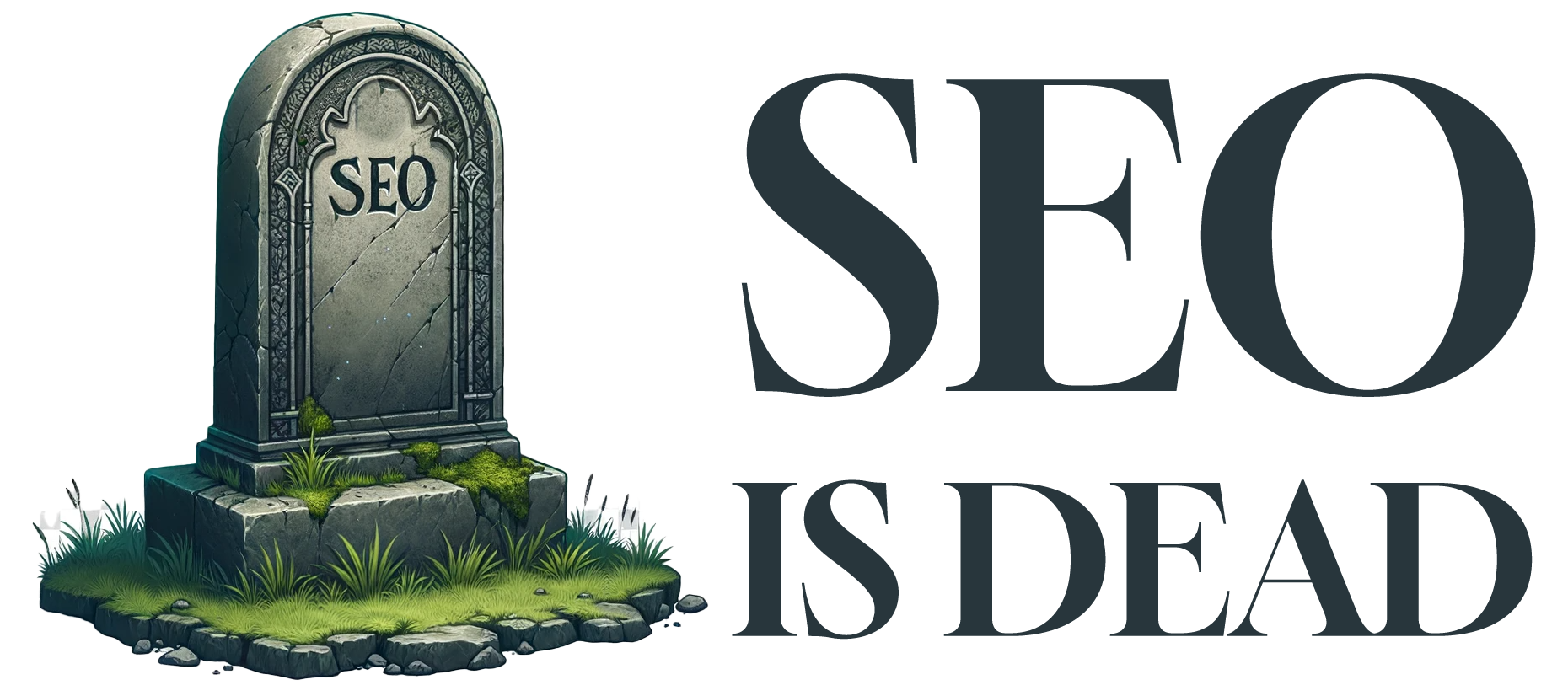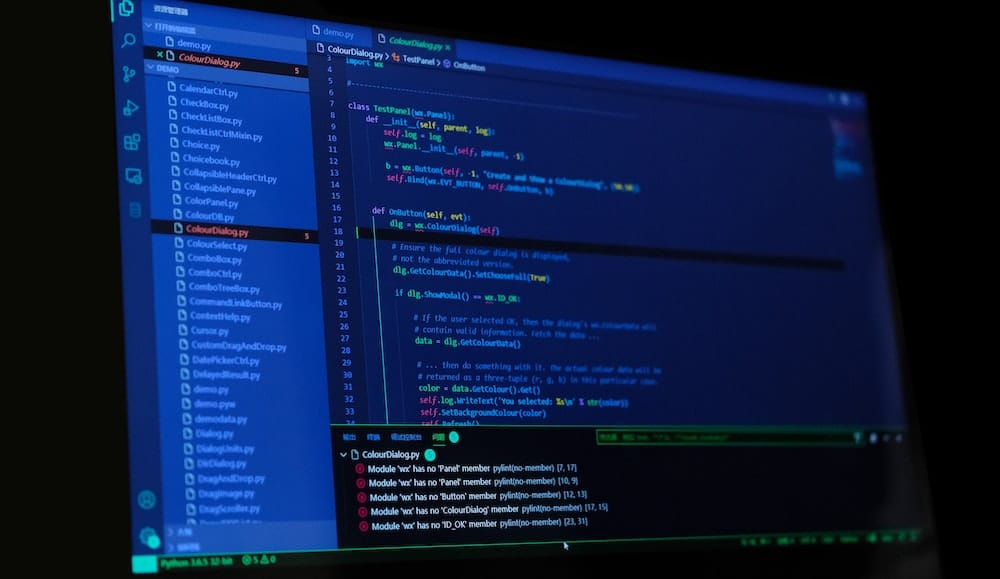Content management systems (CMS) are the backbone of modern digital innovation, empowering businesses to efficiently organize, create, manage, and publish content across various digital platforms. Understanding the intricacies of CMS is pivotal for businesses seeking to navigate the ever-evolving digital landscape.
This article delves into the fundamental aspects of CMS, unraveling their functionality and significance in today’s dynamic business environment. By comprehending the inner workings of CMS, organizations can harness their potential to streamline content operations, enhance user experiences, and drive digital growth.
Delving into the core principles and operational mechanisms of CMS, this exploration aims to equip professionals with a comprehensive understanding of these innovative systems and their pivotal role in shaping digital strategies.
Understanding Content Management Systems
Within the realm of web development, understanding the intricacies of content management systems is essential for effectively managing digital content. Content management systems (CMS) offer numerous benefits, including streamlined content updates, improved user experience, and enhanced customization options.
However, they also present challenges such as security vulnerabilities and potential complexity in customization. A well-implemented CMS can significantly improve user experience by allowing for easy navigation, quick access to information, and personalized content delivery. Furthermore, customization features enable businesses to tailor their digital content to specific audience preferences, thereby increasing engagement and satisfaction.
Despite these advantages, CMS implementation and maintenance may pose challenges related to technical expertise, resource allocation, and system scalability. Therefore, a comprehensive understanding of CMS functionalities is crucial for harnessing its benefits while effectively addressing its challenges.
Key Features of Content Management Systems
What are the key features that distinguish content management systems and contribute to their effectiveness in managing digital content?
Customization Options: Content management systems offer a wide range of customization options, allowing users to tailor the system to their specific needs and preferences.
User Permissions: Content management systems provide robust user permission settings, enabling administrators to control who can access, edit, and publish content, ensuring data security and integrity.
Workflow Management: These systems facilitate efficient content creation and publishing workflows, streamlining the process and ensuring content is properly reviewed and approved before going live.
Version Control: Content management systems include version control capabilities, allowing users to track changes, revert to previous versions, and collaborate on content creation without the risk of losing important data.
How Content Management Systems Work
A content management system works by providing a centralized platform for creating, organizing, and managing digital content across an organization’s digital properties. This system allows users to easily update and modify content without requiring technical expertise. Here’s a table that illustrates how content management systems work in terms of data organization and website functionality:
| Data Organization | Website Functionality |
|---|---|
| Centralized storage | User-friendly interface |
| Metadata tagging | Search engine optimization |
| Version control | Customizable templates |
| Access control | Integration with third-party tools |
Types of Content Management Systems
Discussing the categorization of content management systems involves examining their distinct features and functionalities.
Content management systems can be broadly categorized into the following types:
Open Source: These systems are freely available for use, modification, and distribution by users. They often have vibrant communities of developers and users contributing to their improvement and expansion.
Proprietary Solutions: These systems are owned and licensed by a single company. They are typically sold to users under a licensing agreement, and their source code is not available for modification.
Headless CMS: This type of CMS focuses solely on content creation and storage, providing a backend-only content repository. It allows for greater flexibility in delivering content to various platforms and devices.
Traditional CMS: These systems provide an all-in-one solution for content creation, management, and delivery, with a built-in front-end presentation layer.
Benefits of Using Content Management Systems
Content management systems offer numerous benefits to businesses, providing a streamlined approach to creating, managing, and delivering content.
One of the key advantages is the improved efficiency they bring to the content development process. By utilizing templates, workflows, and collaboration tools, content management systems streamline processes, allowing teams to work more productively and effectively. This efficiency not only saves time but also reduces the likelihood of errors and duplicative efforts.
Additionally, content management systems enable businesses to maintain a consistent brand voice and messaging across all platforms, enhancing the overall quality and coherence of the content. By centralizing content storage and management, these systems also facilitate easier access and retrieval of information, further contributing to improved operational efficiency.
Frequently Asked Questions
Can Content Management Systems Be Used for E-Commerce Websites?
Yes, content management systems can be used for e-commerce websites. They offer robust e-commerce capabilities, including product management, shopping cart functionality, and secure payment processing. Additionally, CMS platforms provide extensive customization options to tailor the e-commerce experience.
What Are Some Common Challenges When Implementing a Content Management System?
Implementing a content management system often presents challenges such as data migration and ensuring user adoption. Data migration can be complex and time-consuming, while user adoption requires effective training and change management strategies to ensure successful implementation.
How Do Content Management Systems Handle Multilingual Content?
Content management systems handle multilingual content by incorporating translation management tools for seamless localization. They also offer user interface customization, allowing users to tailor the system to support different languages and provide a dynamic, user-friendly experience.
Are There Any Security Risks Associated With Using Content Management Systems?
Security risks are associated with using content management systems, including data breaches and vulnerabilities. Best practices involve regular updates, strong passwords, and access control. Employing encryption, secure hosting, and monitoring can mitigate these risks.
Can Content Management Systems Integrate With Other Software or Platforms?
Content Management Systems offer robust integration capabilities, ensuring seamless compatibility with various platforms and third-party software. Their system interoperability enables organizations to streamline processes and leverage diverse tools, enhancing innovation and efficiency.
Image Credits
- “three people sitting in front of table laughing together” by Brooke Cagle (featured)








